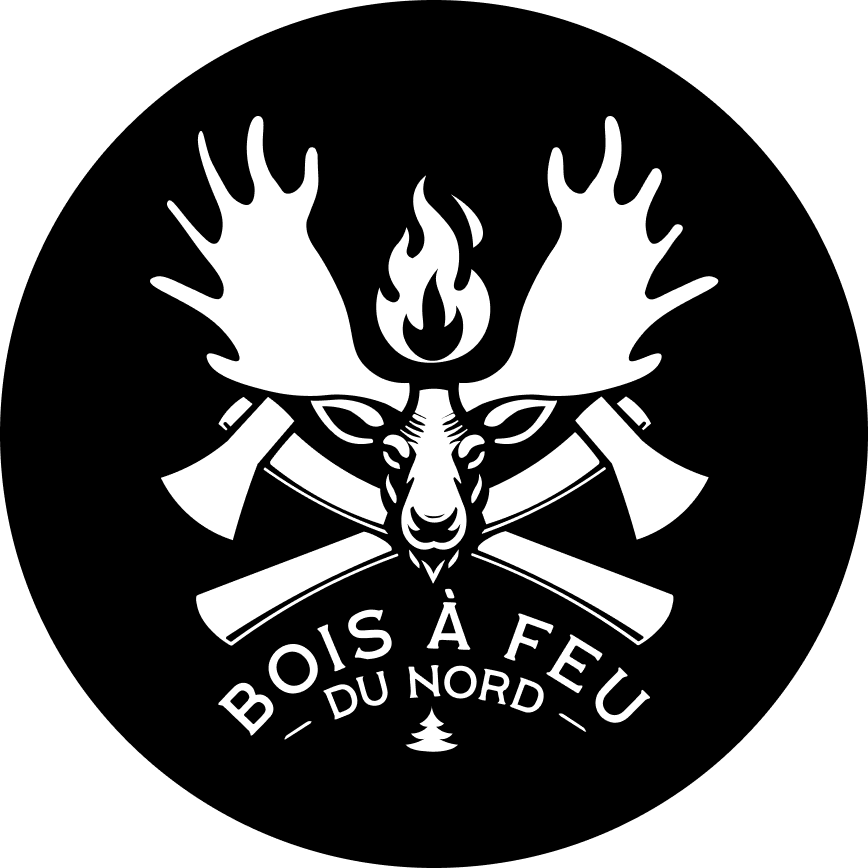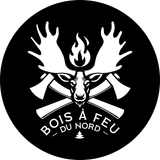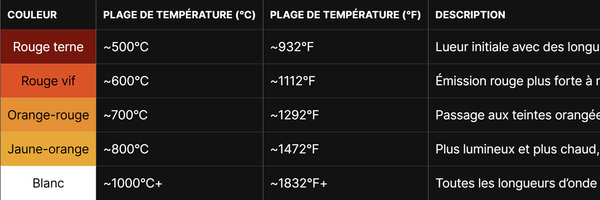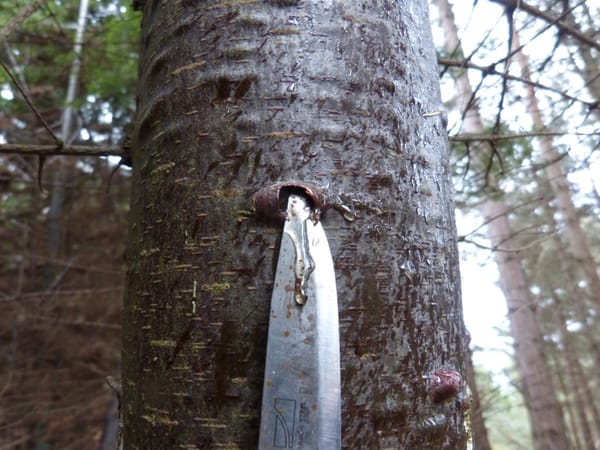Burning Softwoods in Your Woodstove is Bad (Debunked)
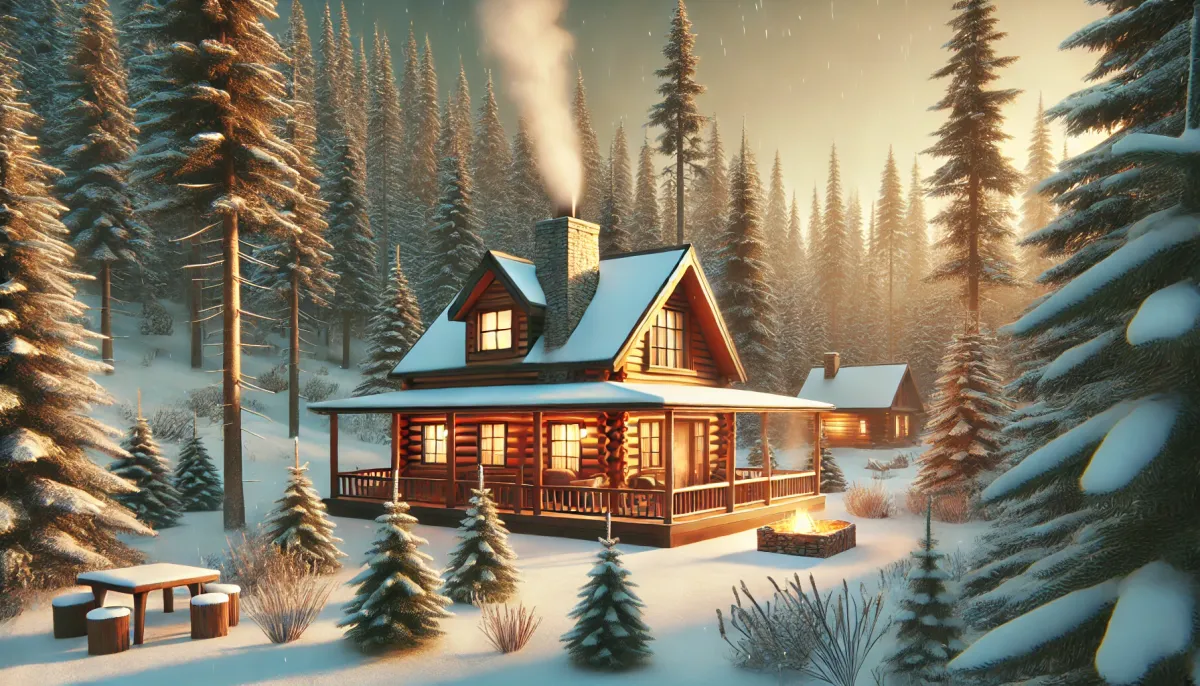
Burning Softwoods, like pine, spruce, or fir, often gets a bad rap among firewood users. A common myth claims that burning these woods is “bad” because they produce excessive creosote and can clog up chimneys. But is that really the case? In this post, I’ll debunk the myth and show why properly seasoned softwood is perfectly safe (and often convenient) for your woodstove.
Looking for an easy way to calculate firewood amounts, BTU, energy equivalents and more? Checkout my Firewood Calculator.
Section 1: Why the Myth Isn’t True
1.1 Softwoods Are Fine, If Dry
The heart of the myth usually focuses on creosote buildup. However, the problem arises not from softwood itself, but from moisture content. Burning wet (unseasoned) wood of any type, hardwood or softwood, produces more smoke and can deposit more creosote. If your pine or fir is properly seasoned (usually 20% moisture or less), you can burn it without risking excessive creosote buildup.
1.2 Good Burning Practices Matter
No matter which wood you use, proper burning practices significantly reduce the likelihood of creosote formation. This includes:
- Maintaining hot fires: Let your stove reach an optimal operating temperature.
- Ensuring sufficient air supply: A smoldering fire lacking airflow generates more unburned particles that lead to creosote.
- Using seasoned wood: Dry wood burns more efficiently and cleanly.
1.3 Softwood Advantages
- Quick heat: Softwoods often ignite faster, making them great for starting a fire or warming up a cold stove quickly.
- Easier splitting: Many softwoods are simpler to split, which can be a real timesaver.
- Abundant availability: In many regions, pine or spruce is plentiful, saving you time or money on firewood sourcing.
In short, it’s not the softwood that causes the problem, it’s the wet wood or poor burning habits that lead to creosote buildup. As long as you follow good fire management techniques, softwood can be a perfectly valid choice.
Section 2: Technical and Scientific Breakdown
Let’s look at what actually happens inside your woodstove from a more technical standpoint.
2.1 Wet Softwood vs. Dry Softwood
- Wet Softwood
When moisture remains in the wood, combustion temperatures drop because energy is spent evaporating water before the wood fibers even ignite. Cooler fires produce more smoke, tar, and unburned hydrocarbons, the ingredients that cling to your chimney walls as creosote. - Dry Softwood
Dry wood ignites at higher temperatures and releases fewer unburned particles. Properly seasoned pine or spruce can produce a hot, bright flame, sending less particulate matter up the chimney. This limits creosote formation dramatically.
2.2 What Is Creosote & How It Forms
Creosote is a byproduct of incomplete combustion. When wood smoke filled with gases, water vapor, and small unburned particles cools quickly inside the flue, it condenses on the chimney walls. Three factors that increase the chances of creosote formation are:
- Low Flue Temperatures: A smoldering or under-heated fire never burns off all the tar-like substances.
- High Moisture Content: Wet wood lowers combustion temperatures, leading to more unburned byproducts.
- Restricted Airflow: Poor draft or inadequate oxygen results in incomplete combustion.
2.3 Temperatures & Creosote Burn-Off
- Creosote Formation Range: Significant creosote can form when flue temperatures hover in the 250°F (121°C) range or below. Smoke cools and condenses on the chimney walls.
- Burn-Off Temperatures: Once flue temperatures reach around 600°F (315°C) or more (under certain conditions), much of the lighter creosote compounds can be burned off or reduced. However, repeated contact with cooler parts of the chimney can still lead to deposits if the fire is not maintained properly.
2.4 Putting It All Together
Whether softwood or hardwood, your burning technique is the key variable that influences creosote production. A hot, well-ventilated stove burning seasoned wood is less likely to create heavy creosote buildup. Smoldering fires with wet or green wood, softwood or hardwood, are almost guaranteed to form more creosote.
Conclusion
The myth that “burning softwoods is bad” stems from confusion around moisture content and poor burning habits rather than the wood species itself. Seasoned softwood can be an excellent, efficient fuel source, especially when starting up a fire or maintaining a hot burn. Whether you’re a woodstove beginner learning to manage your first fires or a pro who wants to refine your technique, the key takeaway is this:
- Use dry (seasoned) wood, whether it’s pine or oak.
- Maintain proper airflow and hot temperatures in the stove.
- Clean your chimney regularly to monitor and remove any creosote, regardless of wood type.
By focusing on good burning practices, you can enjoy the convenience and efficiency of softwoods without worrying about excessive creosote buildup. So, feel free to include pine, spruce, fir, or other softwoods in your firewood mix, just make sure they’re dry and burn them properly.
Firewood Community Contributions
estanminar from /firewood on Reddit says:
Lifelong pine/ fir burner here. Great article. The three points are spot on. One thing I will add is some pine species have high resin content that will produce stringy soot in large quantities if burned improperly. For example parts of a pinon tree around crotches or knots. Most pine has small high resin knots etc but some species have large amounts of wood with resin in the bulk wood. I've clogged the screen at the top of the chimney with pinon soot strings in an hour once not paying attention. Worst was clogging the cat on a new stove again a simple mistake in the dark in a hurry. The soot strings will make a mess of your roof even if they don't plate out in the chimney.
The solution it to put only one of these very high resin pieces in at a time with other pine and higher air in a hot stove. Don't use large amount of high resin splits to start in a cold stove although it is tempting because they light and burn easy and vigorously. (Small "fat wood" starters ok)
This is great information, thanks estanminar!
brenndatomu from FHC says:
Nice writeup...my only input is that I think pine/softwood (but specifically pine, well, any "sappy" wood) gets a bad rap because people that don't know any better tend to burn it wet, because it will halfway burn when wet, because of the sap, so they keep doing it...try burning wet oak, most people will soon just give up!
Now, I actually like to have some pine in stock to round out my wood heat BTU arsenal...it works great to throw on a pile of hardwood coals to burn them down when its really cold out and you are pushing the stove a little harder for more heat (loading more often, with larger loads) the pine helps give you some meaningful heat while the hardwood coals burn up, without adding to them.
Also, its species dependent, but softwood can be a little more BTU dense (per dry pound) than hardwoods, so if you need all the heat you can get from your stove, and you are around to load the stove more often, you can actually get a bit more heat from some softwoods, compared to those "legendary" hardwoods.
If you think about it, the people that live in the coldest places tend to mainly have softwoods to burn...but they don't freeze, or burn their houses down...
Again great info, thanks brendatomu!
